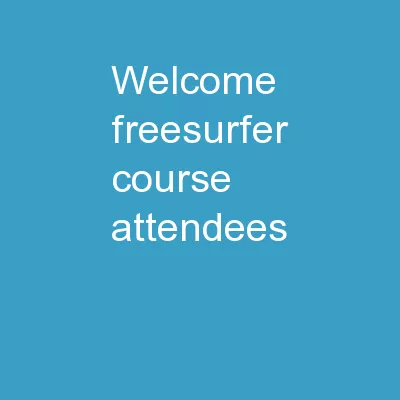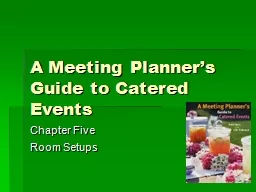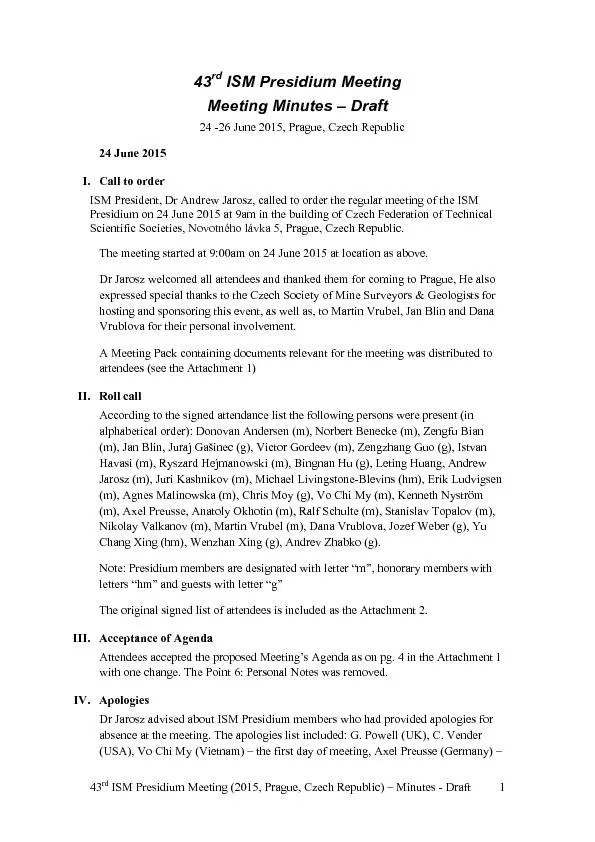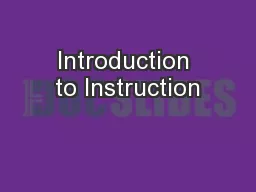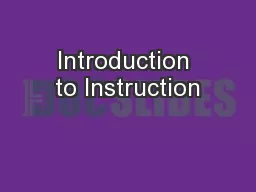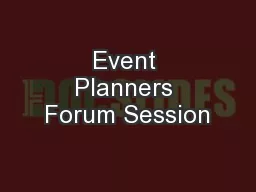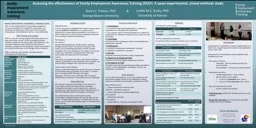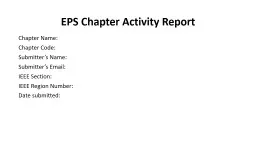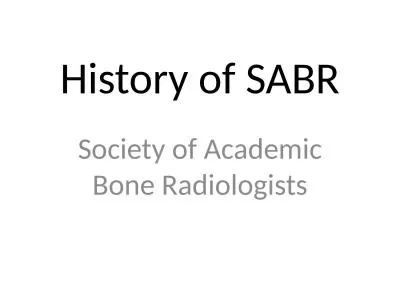PPT-WELCOME FREESURFER COURSE ATTENDEES!
Author : liane-varnes | Published Date : 2018-11-09
Introduction to Unix for FreeSurfer Users Navigating directories Listing directory contents Creating new directories and text files Copying and moving files
Presentation Embed Code
Download Presentation
Download Presentation The PPT/PDF document "WELCOME FREESURFER COURSE ATTENDEES!" is the property of its rightful owner. Permission is granted to download and print the materials on this website for personal, non-commercial use only, and to display it on your personal computer provided you do not modify the materials and that you retain all copyright notices contained in the materials. By downloading content from our website, you accept the terms of this agreement.
WELCOME FREESURFER COURSE ATTENDEES!: Transcript
Download Rules Of Document
"WELCOME FREESURFER COURSE ATTENDEES!"The content belongs to its owner. You may download and print it for personal use, without modification, and keep all copyright notices. By downloading, you agree to these terms.
Related Documents

